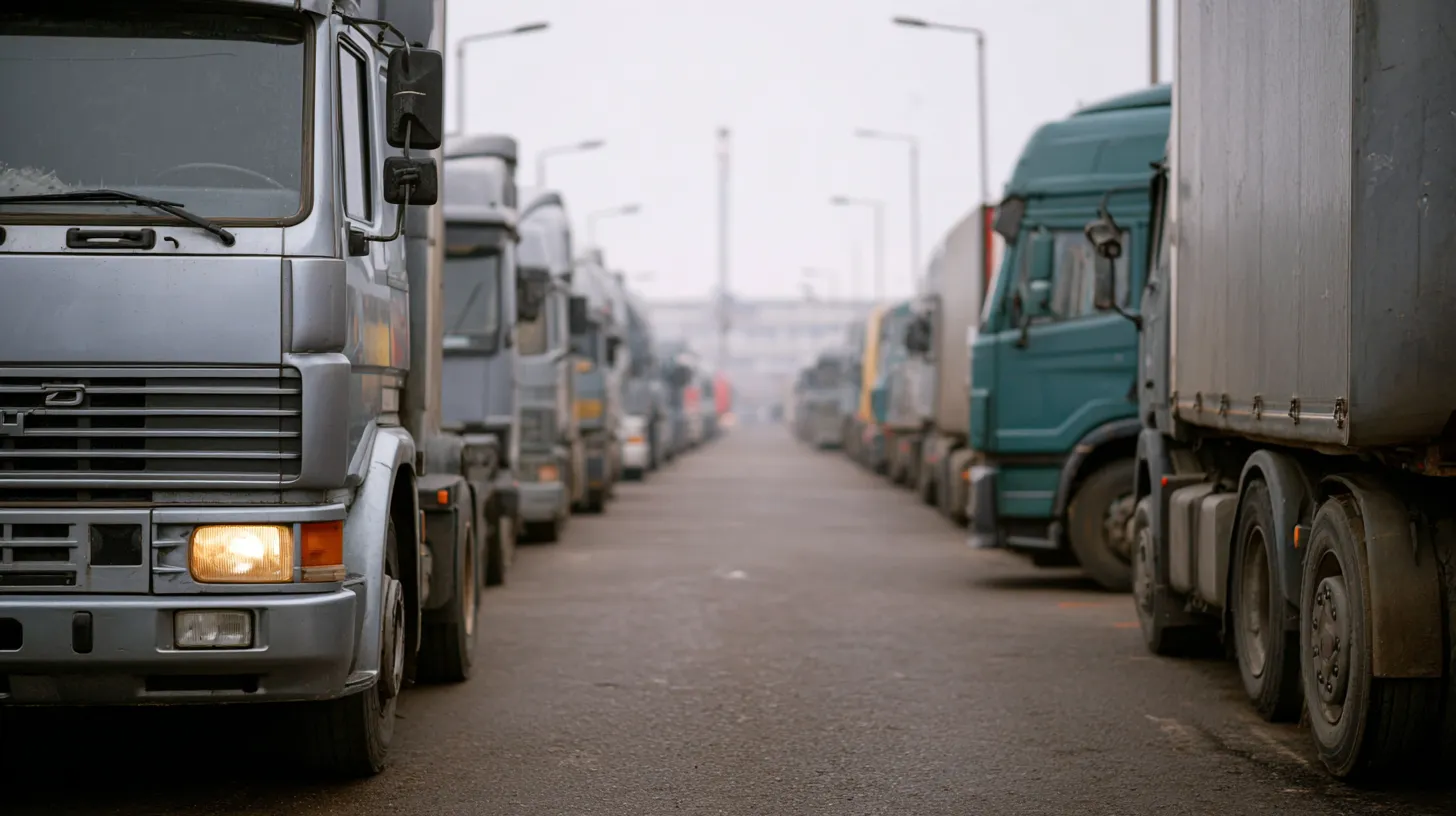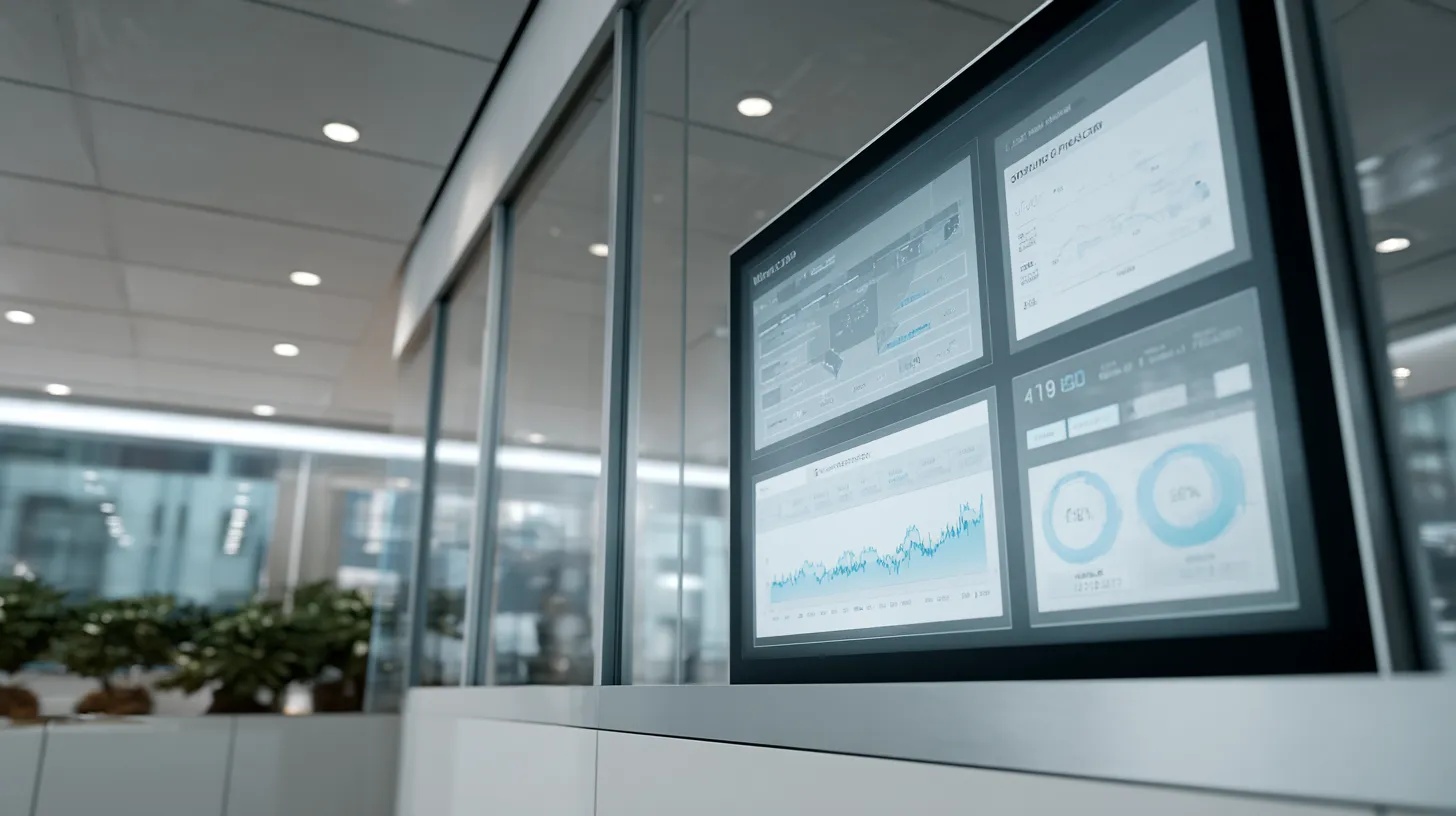The Russian trucking industry is entering the period of the deepest crisis in recent years: costs are rising rapidly, profitability is falling, and the market cannot withstand the pressure. According to market participants, by November 2025, almost 7,000 legal entities are formally in bankruptcy or liquidation, which indicates a large-scale outflow of carriers.
The situation began to worsen back in February 2025, when tariffs decreased by almost a third compared to last year. At the same time, the cost of a kilometer was 66 rubles with VAT, while the actual cost already reached 82 rubles. The cost growth accelerated: diesel increased in price by 15-20%, the previous discounts for large carriers disappeared, the cost of maintenance of equipment increased and driver salaries increased. As a result, the average cost per kilometer rose to 85-86 rubles by the end of the year, while tariffs on average recovered to only 74.7 rubles.
The leasing burden has become another critical factor. Since the end of 2024, a record wave of equipment returns has been recorded: according to the market, starting from June 2025, the volume of truck seizures has increased by 20% per month. At the same time, competition from retail chains and marketplaces is increasing, which are increasing their own fleets, taking over transportation from independent companies.
Systemic regulatory changes are also putting pressure on the sector. Starting from January 1, 2026, carriers will lose the right to operate on the patent taxation system, which will dramatically increase the tax burden. Another 10% increase in recycling is being introduced, bringing it to almost 3 million rubles per mainline tractor. Experts predict that by 2030, the purchase of imported trucks will become economically unaffordable for most companies.
According to industry estimates, at least 7% of market participants will leave it in the near future. The departure of European brands has destroyed the traditional payback model for vehicles: transport has ceased to retain residual value, and the sale of used trucks no longer compensates for investments.
The government is trying to mitigate the consequences. The Ministry of Transport notes that the problem of rising costs is included in the priority list, and carriers can take advantage of the deferred tax payments. Preferential programs for the purchase of domestic equipment are also available — the budget for these measures is 27 billion rubles annually from 2025 to 2027. Additionally, a mechanism for a reduced recycling rate is being introduced for a number of vehicles.
Despite the difficult situation, experts see the potential for stabilization. The transition to electronic waybills, digitalization of logistics, long-term contracts and updated financial models may be a turning point. However, the recovery of the industry requires a set of measures: subsidizing leasing, mitigating the growth of scrap collection, installment payments and support for fleet renewal.









